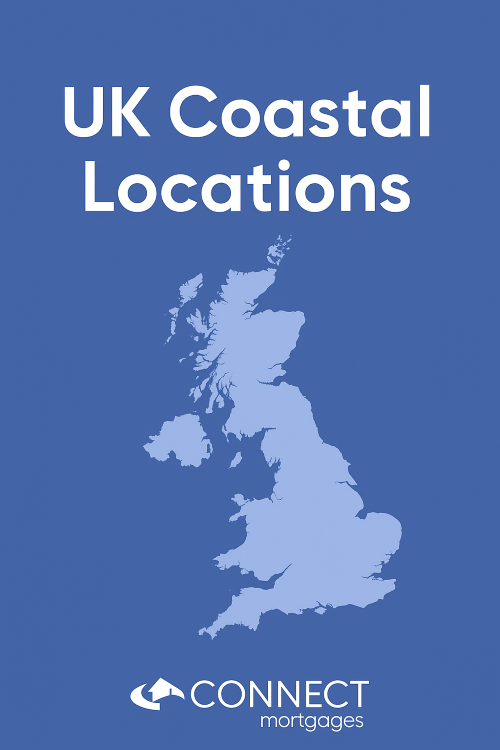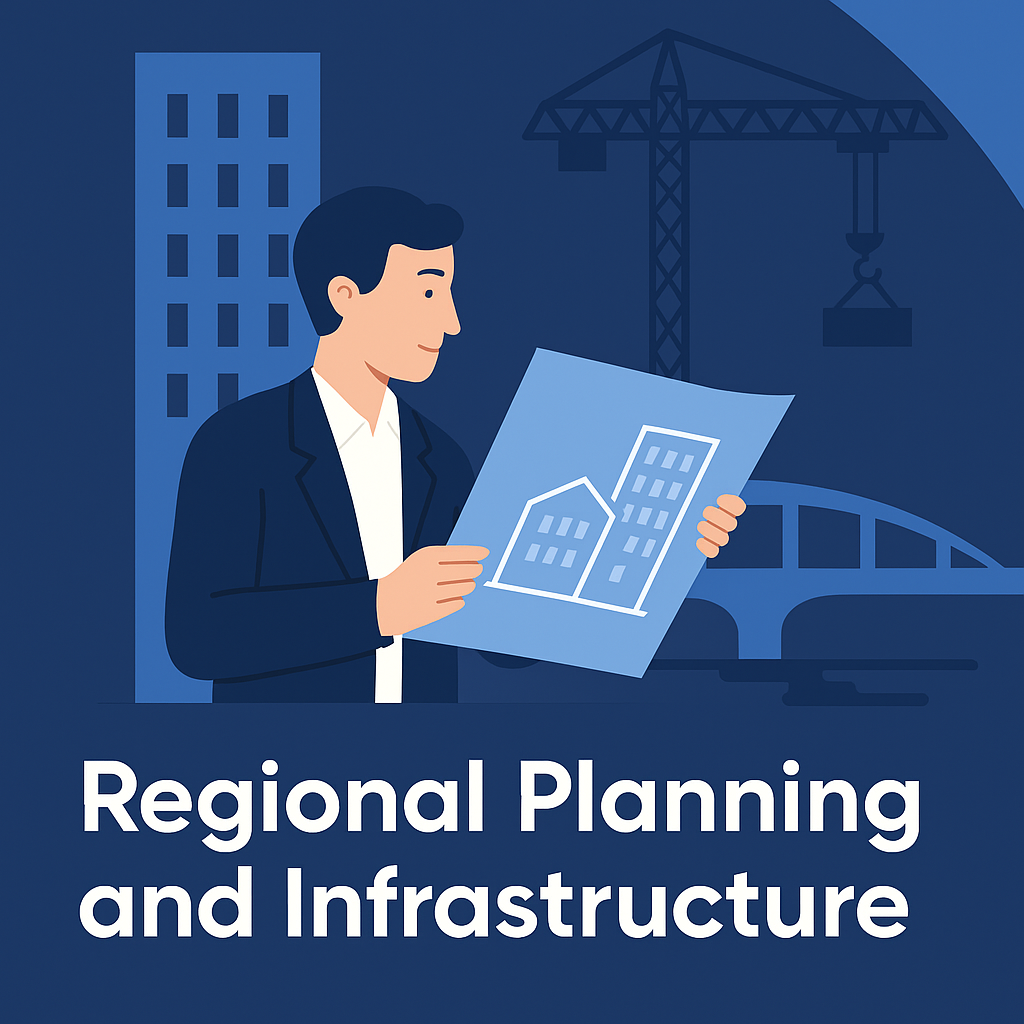Buying Property in UK Coastal Locations
Buying Property in UK Coastal Locations |
Many people dream of owning a home by the sea. Whether it’s for retirement, relocation, or investment, buying in UK coastal locations can be a great choice. However, before you commit, there are important things to consider. From property prices to local infrastructure, this guide outlines the key facts you’ll need in 2025.
Why Buy in UK Coastal Locations?
Living near the sea offers lifestyle and health benefits. You’ll enjoy fresh air, open space, and scenic views. For many buyers, it’s also a long-term goal tied to quality of life. Recent data shows that some coastal areas remain surprisingly affordable. This opens doors for first-time buyers, retirees, and second-home seekers.
At the same time, seaside properties can also command very high prices. Popular towns like St Ives or Bournemouth have seen average sale prices rise well over £1 million in recent years. It’s vital to research your chosen location carefully before buying.

Consider the Price Difference Between Regions
Coastal homes in the UK show big price differences depending on the region. Some of the most affordable homes are in northern and more remote areas, while the south, especially prime seaside spots, remains very expensive.
In 2024, Sandbanks in Dorset became the priciest seaside area, with average asking prices of around £1,582,331. Meanwhile, some of the cheapest areas for seaside homes are in Scotland and the north-east of England. For example, Saltcoats, Ayrshire has an average coastal asking price of about £114,365.
These disparities reflect several factors: demand for lifestyle, scarcity of land, planning restrictions, holiday-let potential, and how accessible or popular each area is.
Buyers need to decide what they value most: cost, location, view, vs. lifestyle. If your budget is limited but you want to be by the sea, choosing northern or less well-known locations may provide much better value. But if you value prestige, scenery, and amenities, and budget is less of a concern, southern and well-known seaside towns may still be worth the premium.
Table: Some of the Most and Least Expensive Seaside Locations (2024)
Here are selected seaside locations with low and high average asking prices as of 2024:
| Rank | Location | County / Region | Approx. Avg Asking Price |
|---|---|---|---|
| Cheapest seaside locations | |||
| 1 | Saltcoats, Ayrshire | Scotland | £114,365 |
| 2 | Easington, County Durham | North East England | £122,520 |
| 3 | Peterlee, County Durham | North East England | £124,593 |
| 4 | Ashington, Northumberland | North East England | £132,660 |
| 5 | Bootle, Merseyside | North West England | £133,197 |
| 6 | Grimsby, Lincolnshire | East Midlands / North East | £135,951 |
| 7 | Hartlepool, County Durham | North East England | £146,674 |
| Most expensive seaside locations | |||
| 1 | Sandbanks, Dorset | South West England | £1,582,331 |
| 2 | Canford Cliffs, Dorset | South West England | £1,242,181 |
| 3 | Milford-on-Sea, Hampshire | South England | £751,442 |
| 4 | Padstow, Cornwall | South West England | £678,058 |
| 5 | Lymington, Hampshire | South England | £603,312 |
| 6 | Barton-on-Sea, Hampshire | South England | £562,609 |
| 7 | Budleigh Salterton, Devon | South West England | £542,005 |
Be Aware of Regional Planning and Infrastructure

Before buying, check local planning restrictions. Coastal towns often fall under protected zones due to erosion risks or conservation laws. You may face limits on extensions or renovations, especially near cliffs or marshland.
Infrastructure also plays a role. While southern towns often have better transport links, some northern spots may lack regular train services or broadband. Make sure the area suits your lifestyle and connectivity needs.
Schools, GP surgeries, and local services vary widely. If relocating with family, review Ofsted reports and NHS service coverage. You can use the Ofsted site and NHS Service Finder for up-to-date checks.
Understand Mortgage Options for Coastal Properties
Focus keyphrase: UK coastal locations
Not all properties near the sea are straightforward to finance. Lenders may be cautious with homes near cliffs, flood zones, or mobile parks. Some areas fall under “non-standard construction” and may require specialist mortgage products.
For instance, a timber-framed chalet in Hoo Marina Park could be harder to secure funding for than a brick-built terraced house in Hartlepool.
It’s essential to consult with a mortgage adviser as soon as possible. At Connect Mortgages, we can help find lenders that understand coastal markets.
Also, consider future resale value. While cheaper areas may appeal now, they may not grow in value at the same pace as hotspots like Brixham or Poole.
Buying in a coastal area can involve extra costs. These may include higher insurance premiums, especially for flood risk. According to the Environment Agency, one in six properties in England is at some flood risk. Coastal areas face increased challenges due to sea level rise.
Use the Flood Risk Checker to verify the risk level before you buy. You may also be asked to provide a flood report as part of the mortgage process.
In high-risk zones, buildings insurance can cost more. It may also exclude certain perils unless you pay extra. Always get quotes early and factor this into your budget.
Coastal Property Investment: Is It Worth It?
Seaside towns have long been attractive for short-term lets and holiday homes. Platforms like Airbnb have increased demand, especially in Cornwall and Devon. That said, local councils are tightening rules. Some have introduced bans or licensing schemes for second homes.
For example, Cornwall Council has voted to limit the number of new holiday lets in popular areas. In Wales, a higher Land Transaction Tax applies to second homes.
If you’re buying to let, research local policy. In some areas, landlords need planning permission to convert a home into a holiday let.
Yields can be strong in budget areas. For instance, a £70,000 flat in Silloth renting for £450 per month yields a gross return of 7.7%. Still, management costs and seasonal voids need to be factored in.





































































